Mathematics
Curriculum Intent
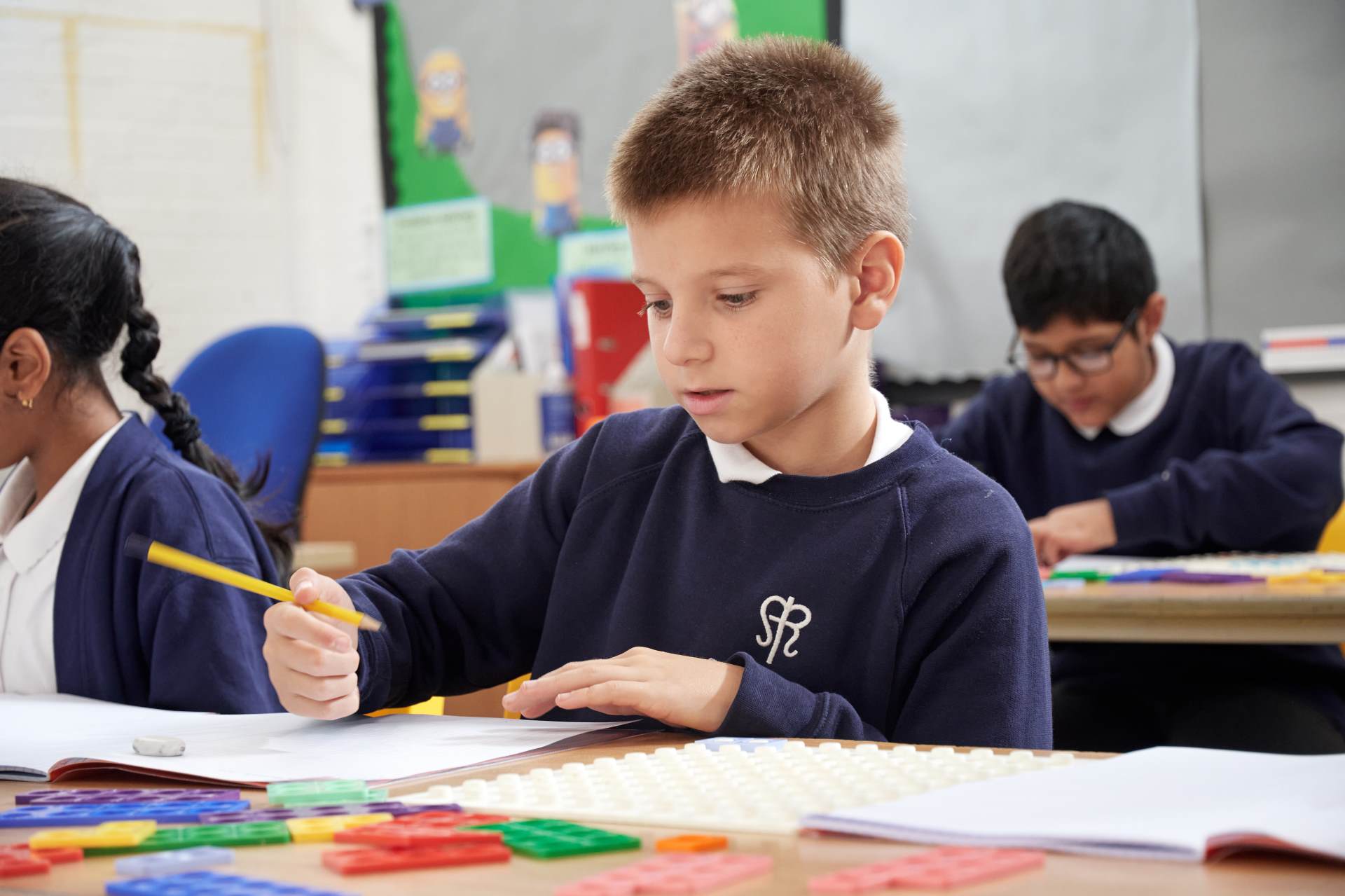 We aim to provide our pupils with a varied, exciting and engaging mathematics education which establishes a foundation for understanding the world around them. Pupils will build fluency through frequent practice and application. Mathematical reasoning and the use of accurate vocabulary to explain and justify are integral to developing depth of understanding and form a key part of our teaching and learning culture. Problem solving provides pupils with the opportunity to use and apply their understanding of mathematical concepts and builds resilience and perseverance.
We aim to provide our pupils with a varied, exciting and engaging mathematics education which establishes a foundation for understanding the world around them. Pupils will build fluency through frequent practice and application. Mathematical reasoning and the use of accurate vocabulary to explain and justify are integral to developing depth of understanding and form a key part of our teaching and learning culture. Problem solving provides pupils with the opportunity to use and apply their understanding of mathematical concepts and builds resilience and perseverance.
Curriculum Implementation
Early Years Foundation Stage
The maths curriculum is split into two main areas; numbers and shape, space and measure. As in the rest of school maths is taught in a hands-on way with a wide range of resources. In Nursery and Reception, children will use play and exploration to develop mathematical skills and understanding. Learning happens in many different contexts. In Reception class, children receive a daily whole-class, teacher-led maths session. They then have access to independent child-initiated activities daily within the indoor and outdoor provision. Opportunities are also provided for children to work in small guided groups each day to apply the whole-class learning. These activities are based on the main areas as outlined in the EYFS curriculum.
Key Stage 1 and 2
We use the White Rose Maths scheme alongside the national programmes of study to inform the planning and delivery of our mathematic curriculum. This is to ensure that all pupils:
- become fluent in the fundamentals of mathematics, including the varied and regular practice of increasingly complex problems over time.
- reason mathematically by following a line of enquiry, understanding relationships and generalisations, and developing an argument, justification or proof using mathematical language.
- can solve problems by applying their mathematics to a variety of problems with increasing sophistication, including breaking down problems into a series of simpler steps and persevering in seeking solutions.
All pupils build their factual and procedural fluency through daily practice and application of key number facts and knowledge. Our approach places an emphasis on mathematical reasoning and the use of accurate vocabulary to explain and justify.
We use a wide range of concrete and visual resources (numicon, dienes, counters and more) in daily lessons, to support and aid investigation, problem solving and reasoning process and to support children moving to being able to do this in the abstract. Within lessons, children have access to a 'Maths Box' of manipulatives to support their learning.
[Calculation Policy]
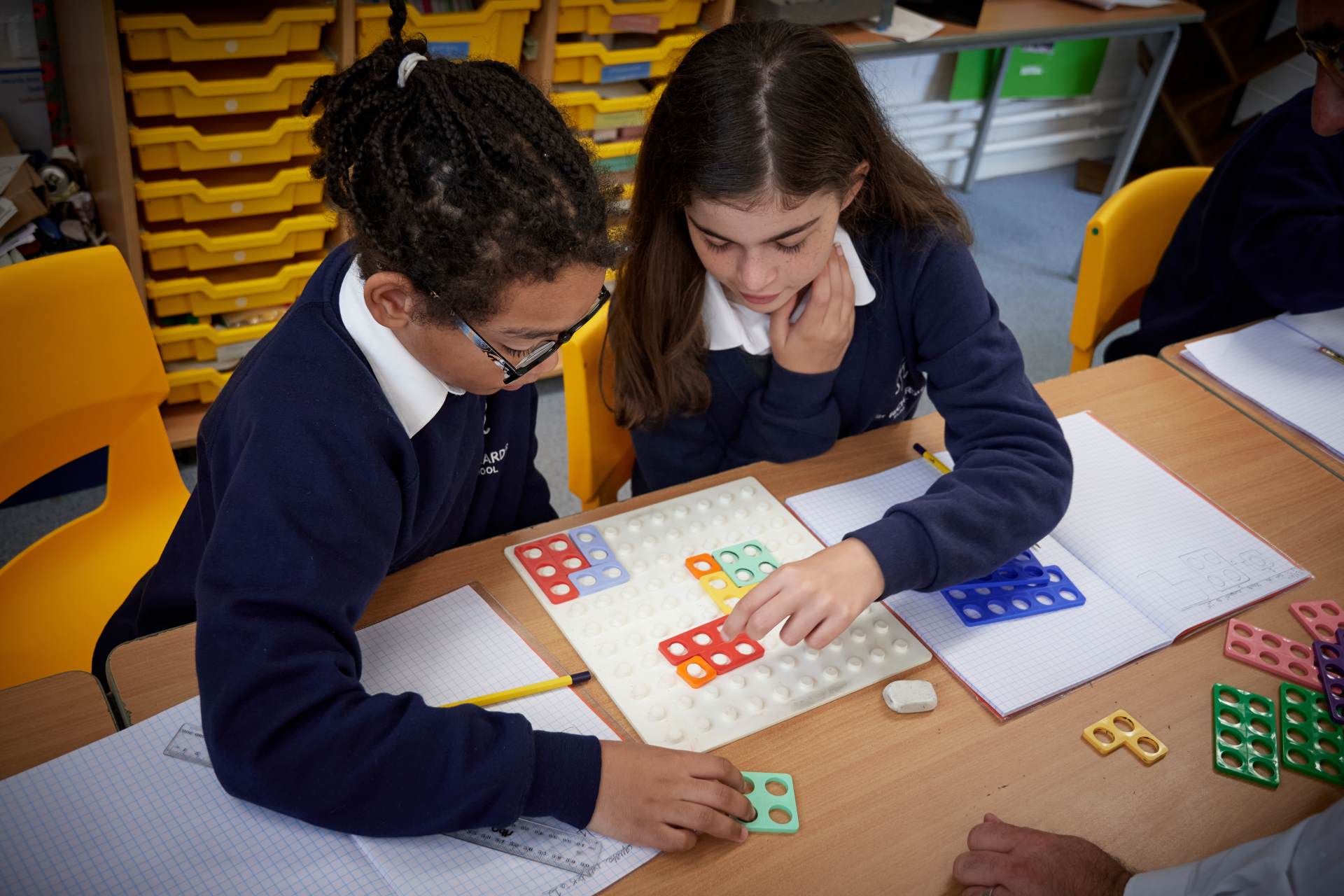 In Key Stage 1, the focus is to ensure that children have a firm grasp of number and place value. Children are also taught to use and apply the four number operations and develop their use of concrete and pictorial representations, and mental methods when calculating. Counting in 2s, 3s, 5s and 10s is the basis for learning and recalling the associated times table and division facts in Year 2. Pupils will also be taught to recognise, describe, sort and compare different shapes using mathematical vocabulary. They will also learn to describe and compare different quantities such as length, mass, capacity/volume, time and money.
In Key Stage 1, the focus is to ensure that children have a firm grasp of number and place value. Children are also taught to use and apply the four number operations and develop their use of concrete and pictorial representations, and mental methods when calculating. Counting in 2s, 3s, 5s and 10s is the basis for learning and recalling the associated times table and division facts in Year 2. Pupils will also be taught to recognise, describe, sort and compare different shapes using mathematical vocabulary. They will also learn to describe and compare different quantities such as length, mass, capacity/volume, time and money.
In Key Stage 2, pupils extend their understanding of the number system to include larger integers and the principal focus is to ensure pupils become fluent with the four operations. Pupils develop efficient written and mental methods and perform calculations accurately with increasingly large numbers. Pupils develop their understanding of the connections between multiplication and division with fractions, decimals, percentage and ratio. Pupils are given regular and frequent opportunities to reason mathematically in order to deepen their conceptual understanding.

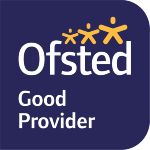
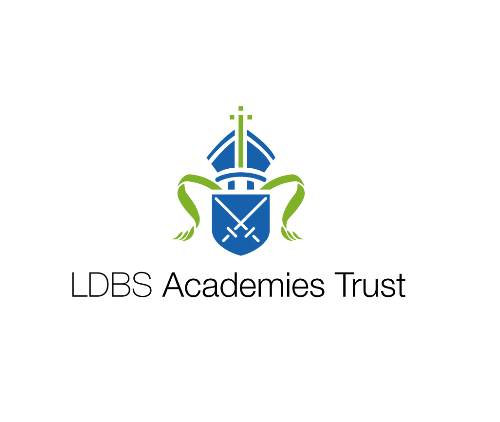

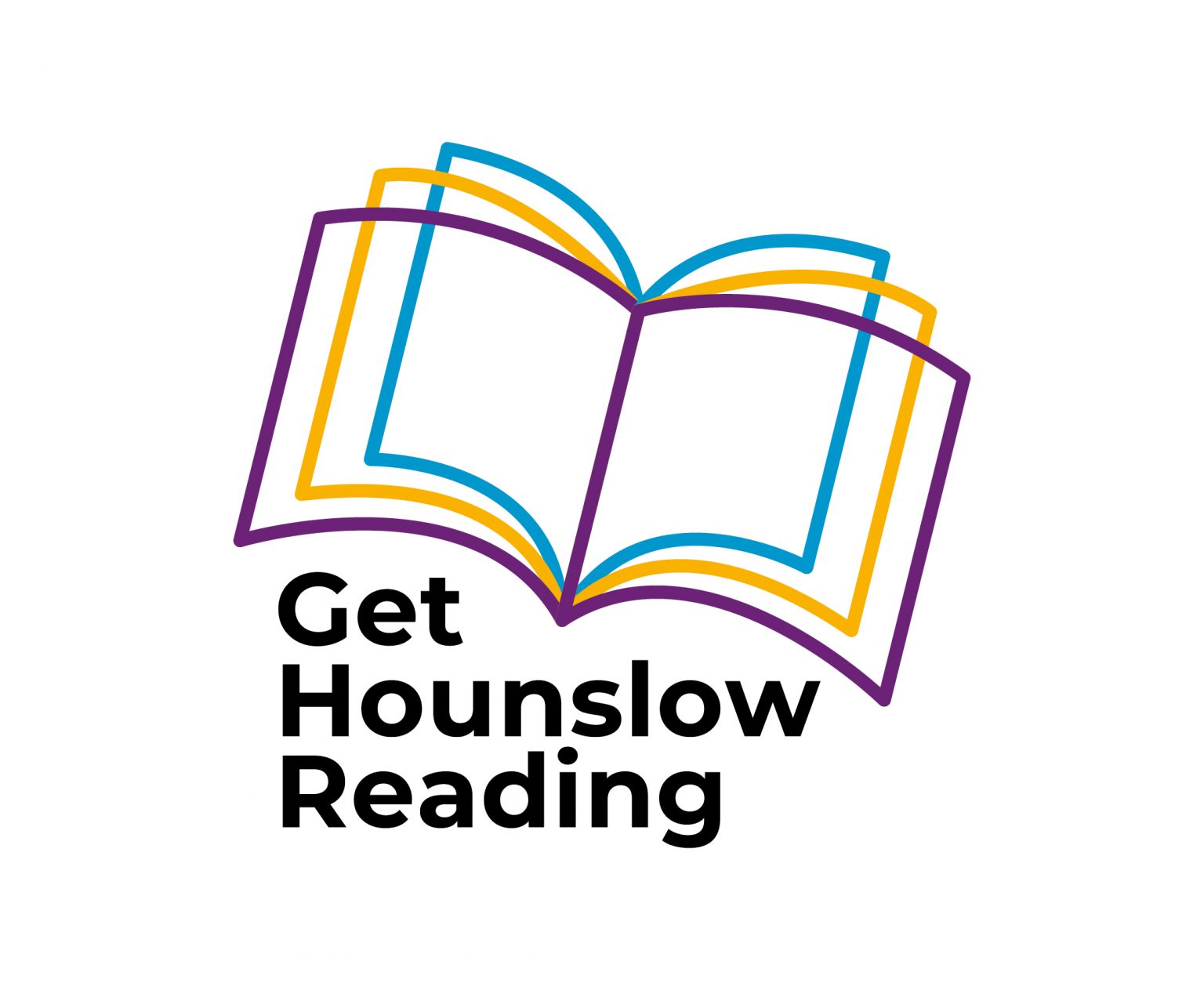

Social Media